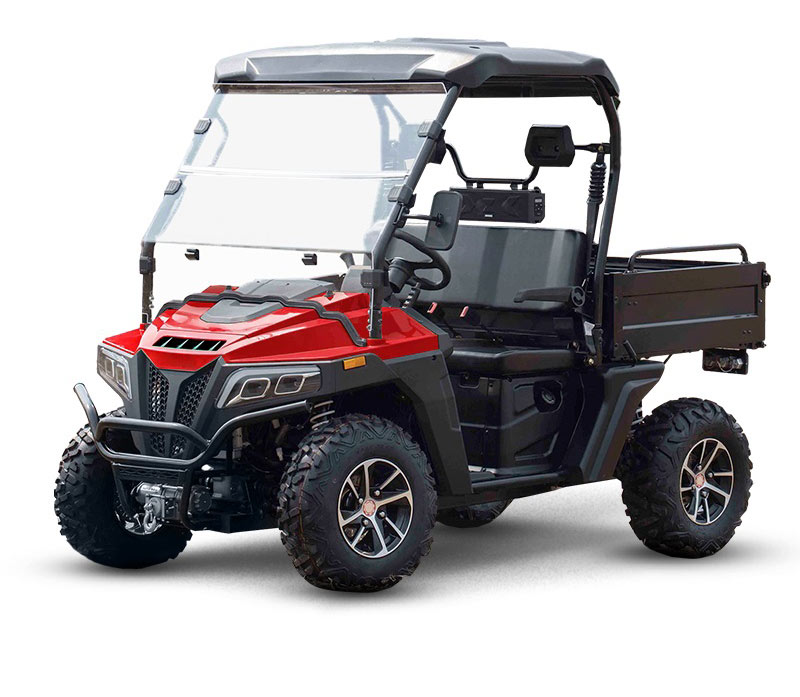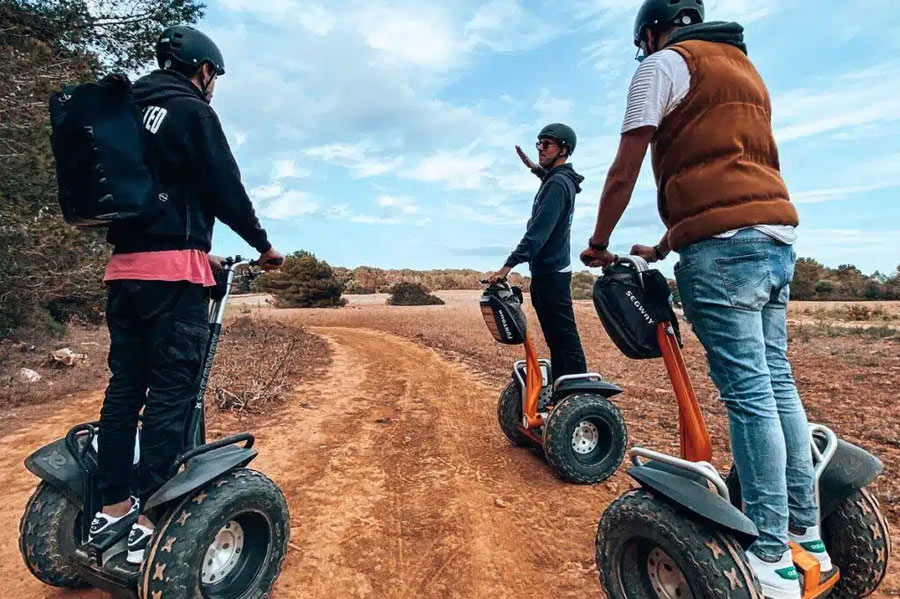Farm Quads and UTVs
Supporting UK Farms and the forestry industry and communities.
Importer of high quality farm quads and UTVs
Off Road Segway Sales UK Ltd is a well-established importer and retail company that has built up an enviable reputation over the last 6 years in Off Road Segway's and ATVs (side by sides) Golf Buggies. "supporting our Farming and Forestry communities, including resorts and golf clubs. We have a full range of electric and petrol machines to suit all terrains and work demands.
With offices in Kent and Huntingdon, we are able to provide our services nationwide, imported direct to you door. We pride ourselves on our commitment to provide a professional and speedy service at all times, whilst maintaining the highest level of customer care before and after sales including accessories and all spare parts. From the individual looking to start the adventure or a business looking for transportation solutions for the workplace. If you run a resort then look no further, as we offer an amazing B2B bespoke service.

Watch our latest videos
We support UK Farms and the forestry industry and communities.
We offer a great service importing Farm quads and UTVs, to our customers. We offer a full spares and repair service with after sales. We understand that your machine is a workhorse and will get damaged, not a problem you can order all parts of our machines from a nut to a new engine. These machines are new to the UK market. A huge success in the USA, Canada and Asia serving farmers with the reliability and power you need. You can design a machine to suite you farm or forestry. From flatbeds, tippers, cabs, or open, these are remarkable machines at great prices. We don’t just sell machines we work with you when you need us.
James
Colin was recommended to me by a Facebook group as I wanted to source a bike that nobody seemed to be holding in stock. He asked around before advising we would have to import direct. He kept in touch with plenty of updates, and followed up after delivery to make sure everything was OK. Would happily recommend to anyone buying the same or any other product he offers.

Anthony McFarlane
Excellent service offered by the owners. I had an X2 segway that was starting to breakdown and become unreliable. Colin was able to have a look at it and recommended some parts replacement. After reviewing the cost to repair, we decided on getting a new one. They recommended a C60, to which they resourced and had delivered to my home.

Ramon Jacomo
I’m very pleased to have worked with Off Road Segway, they sponsored me for the 2023 cycling season, helping me achieve great results. Love the professionalism from them, it’s a company you can trust.

Richard Brettell
Brought a Segway from them last year and the after sales has been great with maintenance work undertaken. Also with all other inquiries I e got to know Colin very well and find him to be a very honest person and willing to help with anything I need

Paul Teece
This guy is amazing nothing is to much trouble for him I brought a Segway golf from him as I can no longer walk the course he explained everything I needed to no about it. Delivery was bang on the date he said he even helped me with setting it up.

Barry Manilow
I have used Colin to purchase a segway and batteries. On both occasions the service as been perfect. Great company to deal with, fantastic prices and service. Highly recommended..

Reliability
Our team of experts ensure a reliable service and informative service with free advice.
Professional
We treat all our customers to the same high professional standard you would expect and deserve.
Experience
We have many years’ experience as electrical engineers with a passion for off road seg's and ebikes, both here and the EU.
Embrace the Outdoors
We encourage out door exploration and adventures that our segways & ebikes will excel, bringing health and wellbeing to all ages.



